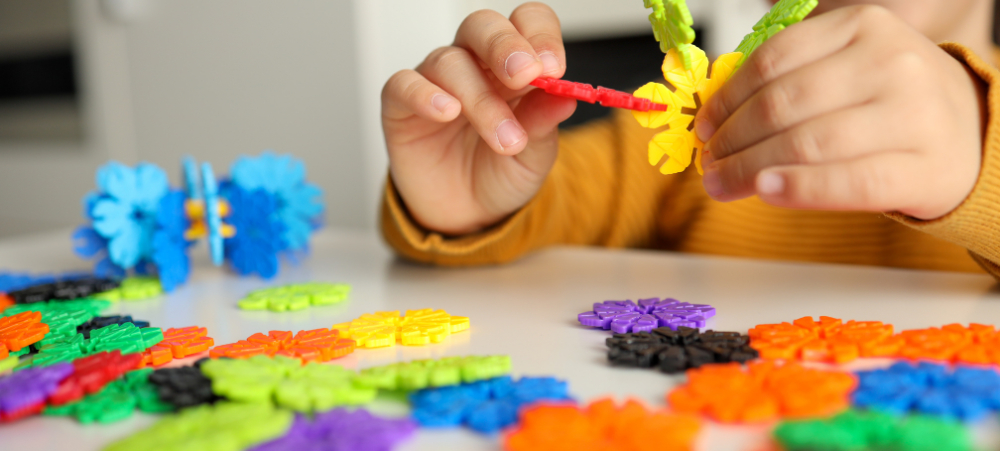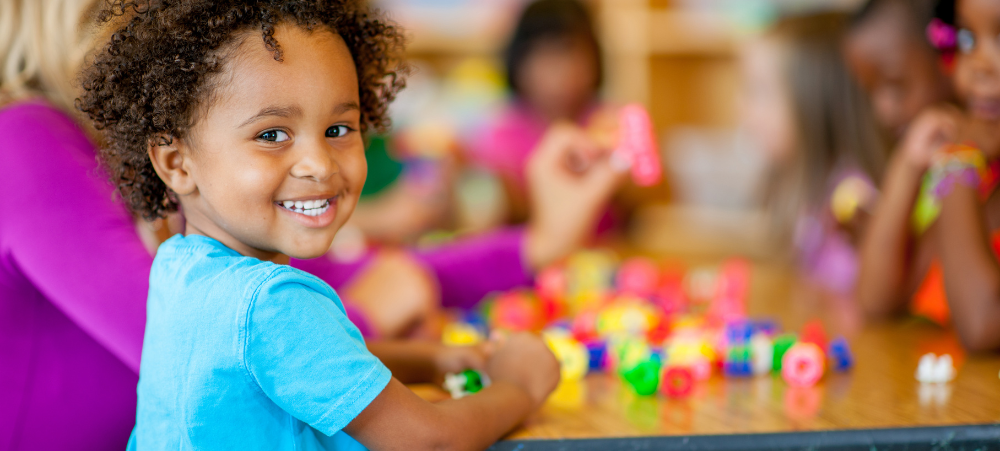One of the most challenging and vital skills a child will ever learn is how to manage strong feelings. From toddler tantrums to meltdowns over toys, emotional outbursts are a natural part of development. But when children are given tools to understand and express themselves, they gain something much greater than momentary calm: resilience.
Dibber International Preschools believes emotional intelligence is just as important as literacy and numeracy. That’s why helping children name, process, and manage their emotions is woven into every part of their daily routines—through play, stories, breathing, reflection, and connection.
Understanding What’s Behind the Anger
Big emotions often stem from little frustrations: a missed nap, disrupted routine, or inability to express feelings in words. Instead of seeing anger as “bad,” we view it as a message that children need help translating.
“When a child acts out, they are not trying to be difficult. They are trying to communicate something they don’t yet have the words or tools for,” says Ursula Assis, spokesperson for Dibber International Preschools South Africa. “Our role as adults is to meet that moment with patience, not punishment.”
Simple Ways to Support Emotional Self-Regulation
Here are eight approaches used in Dibber schools and shared with families to nurture this life skill in little ones:
- Name the Feeling: Words like “angry,” “sad,” “frustrated,” or “worried” give emotions shape. Helping children label what they’re experiencing builds emotional awareness and validates their feelings.
- Model Calm Responses: Children copy what they see. Children learn to mirror that calm when parents and teachers remain composed during stressful moments.
- Create a Calm Corner: A soft pillow, a favourite book, or a quiet sensory toy can become a child’s safe space when things feel overwhelming. It’s not about punishment—it’s about providing a reset.
- Draw It Out: For young children, drawing what they feel inside helps them express emotions they don’t yet know how to describe. Crayons can become a powerful tool for communication.
- Breathe Together: Deep breathing isn’t just for grown-ups. Teaching children simple breathing exercises—like pretending to smell a flower or blow out birthday candles—helps them pause, reset, and re-centre.
- Track Feelings Visually: Emotion wheels or simple charts help children identify how “big” their feelings are and when to ask for help. These tools also open the door for conversations.
- Create Predictable Routines: Predictability gives children a sense of security. Consistent routines help reduce unexpected stressors and support emotional regulation.
- Be Patient with the Process: Self-regulation doesn’t happen overnight. Children need time, support, and lots of love to learn how to manage themselves.
Raising Emotionally Resilient Children, Together
“At Dibber, we partner with families to ensure children feel safe, seen, and supported both at school and at home. Our nurturing environments are designed to help every child flourish—not just academically, but emotionally too.
“Because when children understand their feelings, they also begin to understand the feelings of others. And that’s the foundation of kindness, empathy, and lifelong confidence,” concludes Assis.
- Dibber Shares Practical Strategies to Address Year-End Fatigue for Parents and Preschoolers - November 17, 2025
- Helping Children Navigate Change: Dibber Shares Guidance for Smooth School Transitions - November 10, 2025
- What Parents Should Look for in a Preschool: The Power of Play-Based Learning - November 1, 2025






2 thoughts on “Teaching Toddlers to Tame Big Feelings: Eight Ways to Help Children Learn Self-Regulation”
Super useful.
Helpful info